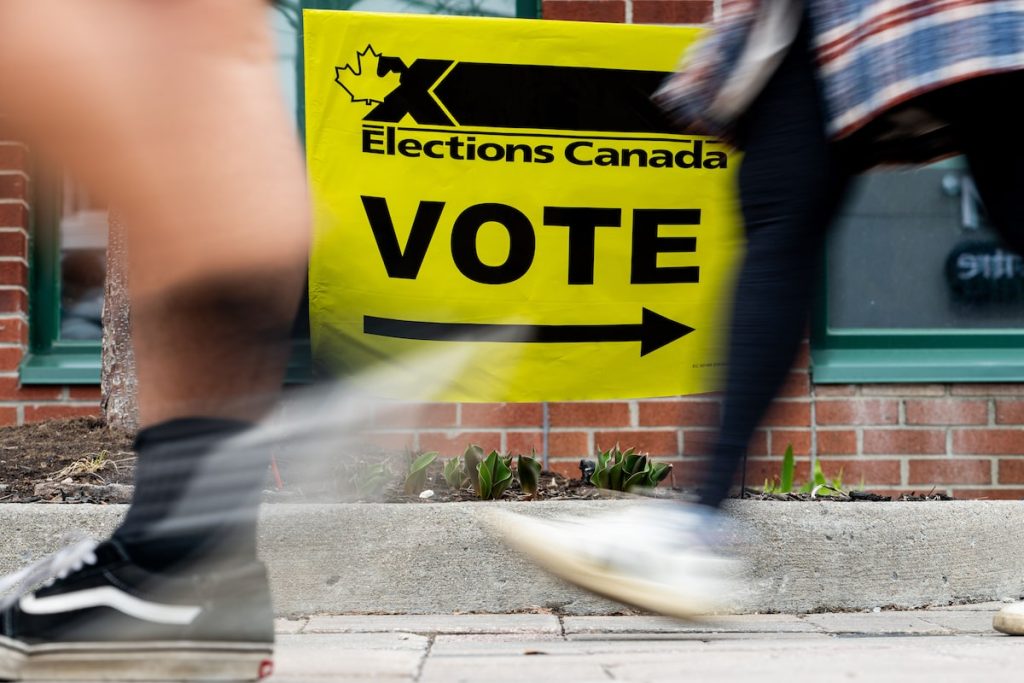Canada Navigates First AI-Era Election Amidst Disinformation Concerns
Canada has just concluded its first federal election campaign in the age of artificial intelligence, a contest marked by the proliferation of sophisticated disinformation tactics. From AI-generated fake news to foreign influence campaigns and misleading claims about voting procedures, the election presented a complex challenge to the integrity of the democratic process. While experts acknowledge the significant impact of these tactics, they suggest that the overall integrity of the election remained intact.
One of the most prominent features of this election was the surge in AI-generated content masquerading as legitimate news. These fabricated stories, often promoting cryptocurrency scams or featuring manipulated images and videos of political leaders, were widely disseminated on social media platforms. This clickbait content, often linked to fraudulent schemes purportedly endorsed by political figures, reached a significant portion of the Canadian population. While a majority of Canadians recognized the content as fake, the sheer volume of these AI-generated fabrications raises concerns about eroding trust in both news media and the electoral process itself.
The spread of such disinformation was facilitated by social media platforms, with Meta, the parent company of Facebook and Instagram, drawing particular criticism. Researchers identified numerous Facebook pages promoting fraudulent ads, many of which remained active despite being reported. This perceived inaction by social media companies contrasts sharply with their blocking of legitimate Canadian news content, raising questions about their priorities and commitment to combating disinformation. Critics argue that Meta’s response to the problem has been inadequate and that a post-election reckoning is necessary.
Beyond AI-generated content, the election also saw evidence of foreign influence campaigns. A federal task force uncovered two separate operations originating from China, both aiming to sway public opinion among Chinese Canadians. One campaign targeted Liberal Leader Mark Carney, spreading both positive and negative narratives, while the other focused on a Conservative candidate critical of Beijing’s policies in Hong Kong. Although these campaigns were identified and monitored, authorities assessed that their impact on the election was minimal and did not compromise the overall fairness of the vote.
Adding to the complexity of the information landscape were false narratives aimed at undermining public confidence in the electoral process itself. Misleading claims, such as warnings against using pencils provided at polling stations, circulated online, prompting election officials to reiterate the security and integrity of voting procedures. These narratives, which echo similar disinformation campaigns seen in other countries, highlight the vulnerability of democratic systems to manipulation and the importance of public awareness and fact-checking.
Despite the challenges posed by disinformation, experts suggest that the Canadian election largely weathered the storm. While the long-term effects of these tactics remain to be seen, the fact that a significant portion of the population recognized and dismissed the false information is a positive sign. Furthermore, the proactive work of researchers, government agencies, and fact-checking organizations played a crucial role in mitigating the impact of disinformation.
However, the experience of this election serves as a stark reminder of the evolving threats to democracy in the digital age. The increasing sophistication of AI-generated content, coupled with the reach and influence of social media platforms, underscores the urgent need for enhanced strategies to combat disinformation. The Canadian election provides a valuable case study for other countries grappling with similar challenges, and the lessons learned will be crucial in safeguarding the integrity of future elections around the world.


